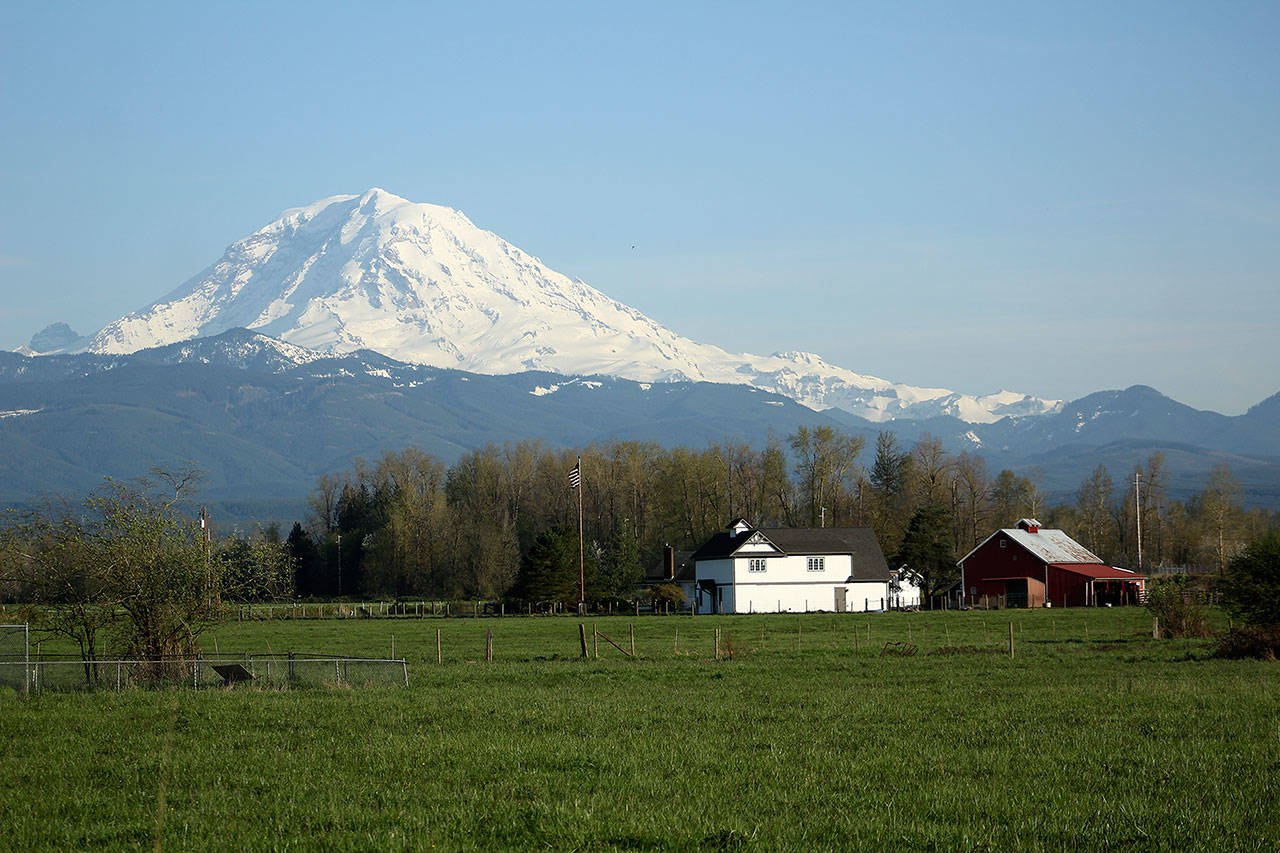Mount Rainier is best known for its natural beauty, but there’s a dollars-and-cents factor that certainly isn’t ignored by those lucky enough to do business in the shadow of the mountain.
A new National Park Service report shows that 1.5 million visitors to Mount Rainier National Park in 2018 spent $54.9 million in communities near the park. That spending supported 599 jobs in the local area and had a cumulative benefit to the local economy of well over $68 million.
“Mount Rainier National Park welcomes visitors from around the Pacific Northwest, across the country, and around the world,” said Superintendent Chip Jenkins. “National park tourism is a significant driver in the national economy, returning $10 for every $1 invested in the National Park Service, and it’s a big factor in our local economy as well.”
The peer-reviewed visitor spending analysis was conducted by economists Catherine Cullinane Thomas and Egan Cornachione of the U.S. Geological Survey and Lynne Koontz of the National Park Service. The report shows $20.2 billion of direct spending by more than 318 million park visitors in communities within 60 miles of a national park. This spending supported 329,000 jobs nationally; 268,000 of those jobs are found in these gateway communities. The cumulative benefit to the U.S. economy was $40.1 billion.
Lodging expenses account for the largest share of visitor spending, about $6.8 billion in 2018. Food expenses are the second largest spending area and visitors spent $4 billion in restaurants and bars and another $1.4 billion at grocery and convenience stores.
Visitor spending on lodging supported more than 58,000 jobs and more than 61,000 jobs in restaurants. Visitor spending in the recreation industries supported more than 28,000 jobs and spending in retail supported more than 20,000 jobs.
LEARN MORE
To learn more about national parks in Washington and how the National Park Service works with Washington communities to help preserve local history, conserve the environment, and provide outdoor recreation, go to https://www.nps.gov/state/wa/index.htm.



